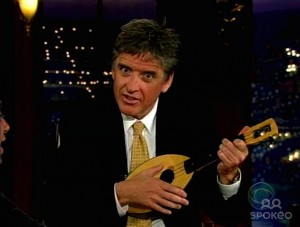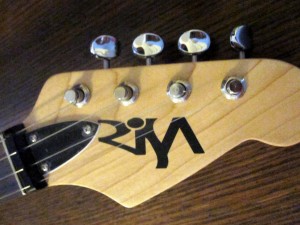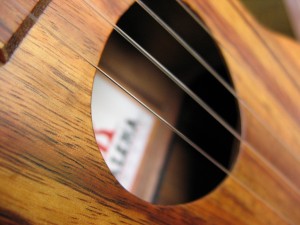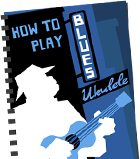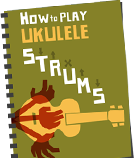Time for the annual Uke Hunt Christmas time-waster.
– Grab a pen and paper
– Display knowledge.
– Check the answers here (no peeking).
– Return in triumph or despair and share you score in the comments.
Name That Chord
What chord are these on a standard gCEA tuned ukulele? (E.g. C, Em, G7 – there’s nothing more complicated than that here)
Name the Celeb
Which celebrities are clutching a ukulele? (Click for a bigger picture)
Name That Lyric
Which songs – oft covered on the ukulele – are these lyrics from?
11.
Love is a burning thing / And it makes a fiery ring.
12.
When you were here before / Couldn’t look you in the eye / You’re just like an angel / Your skin makes me cry.
13.
Now and then I think of when we were together / Like when you said you felt so happy you could die.
14.
I heard there was a secret chord / That David played, and it pleased the lord / But you don’t really care for music, do you?
15.
Stuck in her daydream / Been this way since eighteen / But lately her face seems / Slowly sinking, wasting / Crumbling like pastries / And they scream.
Name That Cover
Which acts are these ukulele orchestras covering?
16. Ukulele Orchestra of Great Britain
17. West Cork Ukulele Orchestra
18. Trellebelle Ukulele Orchestra
20. Rocky Mountain Ukulele Orchestra
Name That Note
What note are these on a standard gCEA tuned ukulele? (E.g. C, D, Eb)
Name That Maker
Name the brand of the ukulele (e.g. Martin, Gibson, Mahalo) (Definitely click for bigger pictures on this one)
Photo by Magnus Forrester-Barker
28. (The ones on the front table – if you can name the ones on the table behind I’ll be very impressed)

Past Quizzes
Ukulele Quiz 2012
Ukulele Quiz 2011
Ukulele Quiz 2010
Ukulele Quiz 2009






